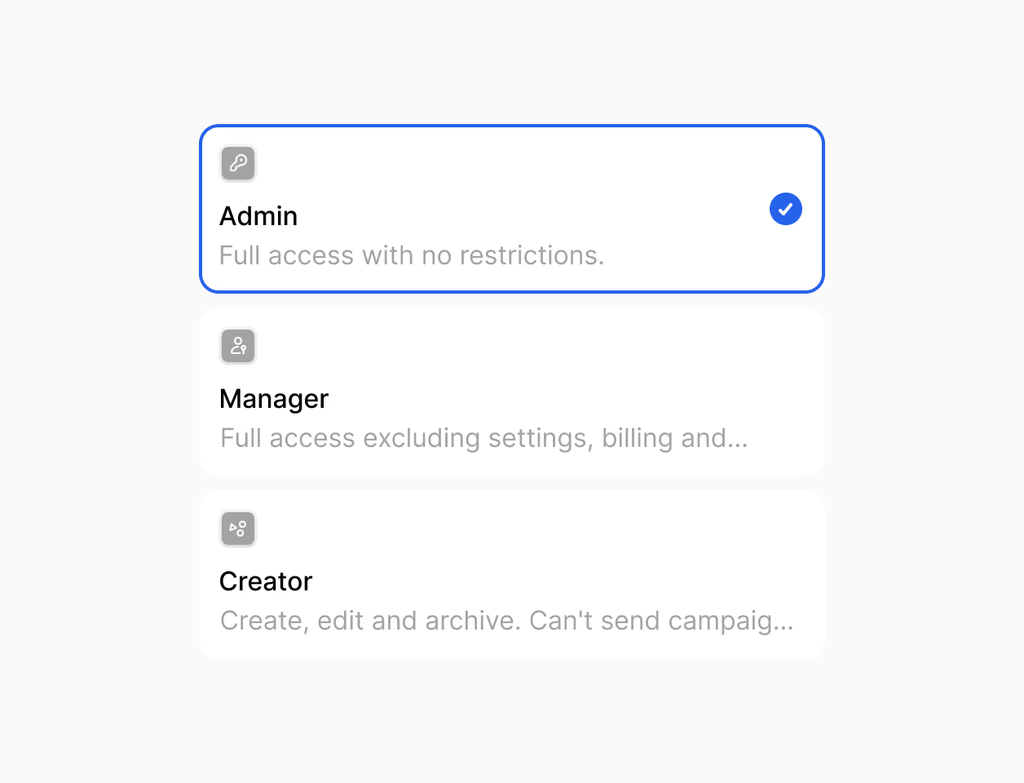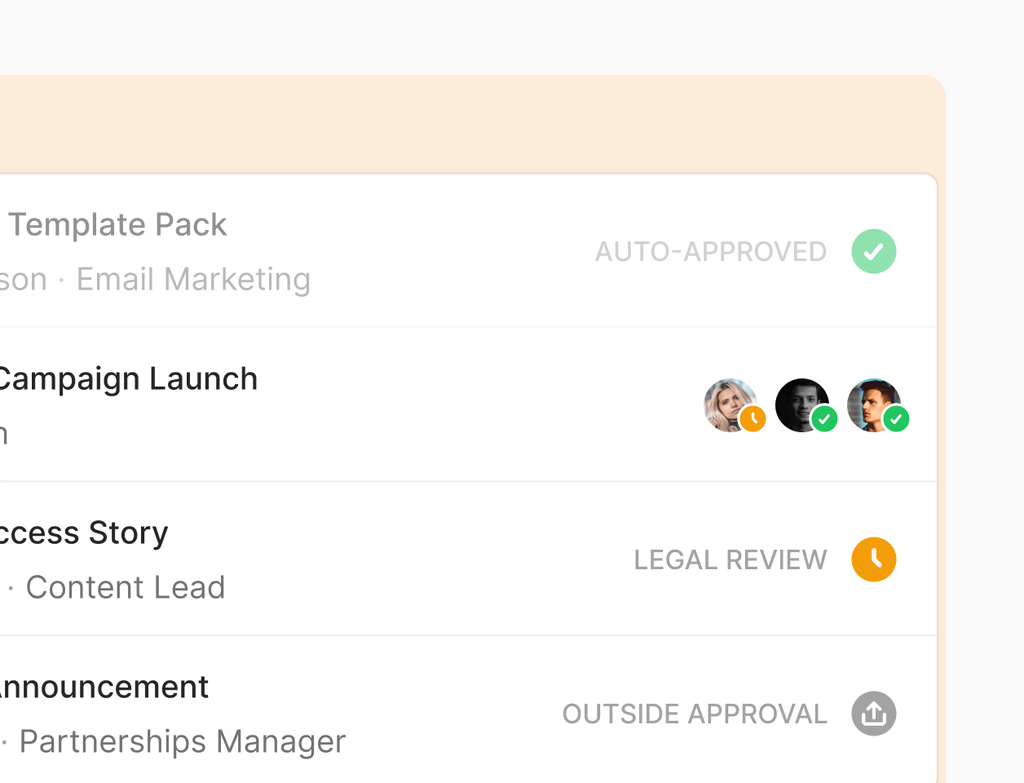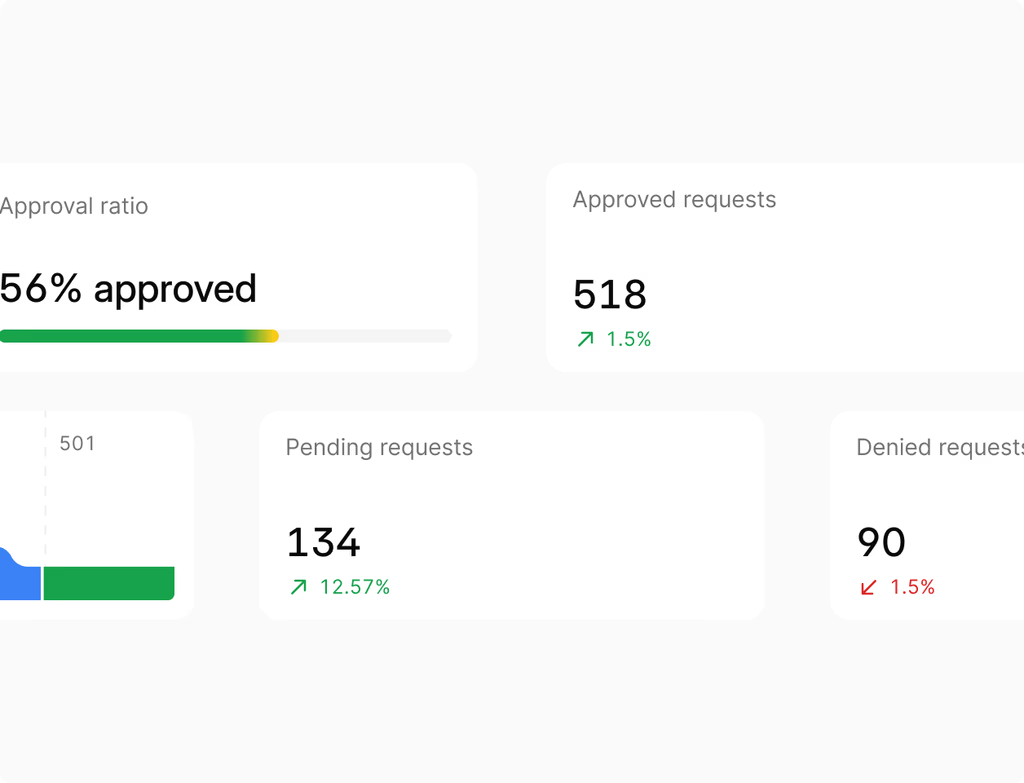How does Team Management help organize my organization in Hoop?
Team Management allows you to mirror your company's structure directly within the Hoop platform. You can create multiple teams and sub-teams, establishing a clear hierarchy for organizational clarity and governance. This structure is essential for assigning responsibilities, routing work efficiently, and generating accurate reporting based on team performance and ownership.
A well-defined team structure ensures every user understands their place and responsibilities within the platform. Key benefits include:
- Streamlining routing and reporting by assigning default ownership.
- Enabling faster coaching and performance reviews through filtered views and dashboards.
- Ensuring that the Hoop platform accurately reflects your real-world organizational chart.
What is the difference between roles and permissions in Team Management?
Roles and permissions work together to define user access and capabilities within Hoop, but they serve distinct purposes. Roles are essentially bundles of permissions, created to be reusable across many users who share similar job functions. For instance, a "Marketing Manager" role would include all necessary permissions for that function.
Permissions, on the other hand, are the fine-grained controls that dictate specific actions a user can perform. These controls apply to various objects and tools across the Hoop platform, such as the ability to create, edit, delete, or export data. By granting approval and publish rights only when needed, you maintain tight control over sensitive actions.
How are data and content partitioned across different teams?
Data partitioning ensures that teams only see and interact with the content and records relevant to their work, minimizing distraction and protecting sensitive information. Within Hoop's Team Management, you can segment various assets and data types to specific teams. This is a critical security and focus mechanism.
The partitioning applies across several areas:
- CRM records: Limit the visibility and editing capabilities of customer data to the appropriate users.
- Assets: Partition forms, emails, pages, and workflows to reduce cross-team noise and accidental changes.
- Inbox and conversations: Route communication channels to specific teams with scoped access for clear ownership of customer interactions.
What pricing plans include access to the Team Management feature?
The core features of Team Management are available across multiple service tiers to suit the needs of different-sized organizations. This powerful capability for inviting, organizing, and managing users is accessible in the core, pro, and enterprise pricing plans. The level of complexity you can achieve, such as the maximum number of teams and sub-teams you can create, will vary by the edition you select.
Larger, more complex organizations requiring extensive security and governance features will benefit most from the enterprise plan. This edition typically offers the highest limits on teams and the most advanced granular permissions and audit logs, ensuring that the platform scales securely with your business growth on Hoop.
What governance and security tools are available for team accountability?
Hoop provides robust governance and security tools to ensure accountability and data integrity across all team activities. These measures are designed to control access, track changes, and mandate necessary approvals for sensitive actions. This holistic approach protects your data and ensures compliance with internal policies.
Key governance and security features include:
- Single sign-on (SSO) and multi-factor authentication (MFA) for secure user logins.
- Comprehensive audit logs that track key changes made to users, roles, and digital assets, detailing who did what and when.
- Mandatory approval steps for publishing content or executing other sensitive actions, adding a layer of oversight before major changes go live.
Can I integrate Team Management with my existing HR systems?
While the context doesn't explicitly detail every integration, Hoop, as a modern customer platform, generally supports integration with external HR and identity management systems. This is usually achieved through industry-standard protocols like SCIM or API integrations.
Integrating with your HR system automates user provisioning and de-provisioning. This means when an employee joins or leaves your organization, their access and role in Hoop can be automatically updated or revoked, saving manual administration time and enhancing security. This automation ensures your Hoop team structure remains synchronized and accurate with minimal effort.
How do I set up fine-grained access controls and roles?
Setting up fine-grained access controls begins with structuring your organization using teams and roles in Hoop. Once teams are established, you define custom roles that bundle necessary permissions for different functions.
You then apply these roles to users or teams, customizing access with precision. This use of role-based access control (RBAC) ensures tight focus and data safety. Setup involves:
- Defining teams and sub-teams to establish organizational structure.
- Creating specific roles (e.g., Editor, Publisher) with tailored permissions.
- Applying fine-grained permissions to control create, edit, delete, and export rights across various platform objects and tools.



.avif)




